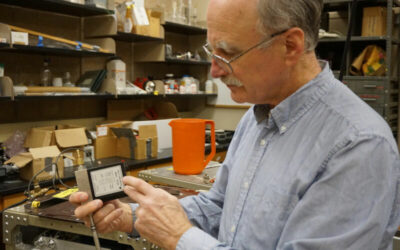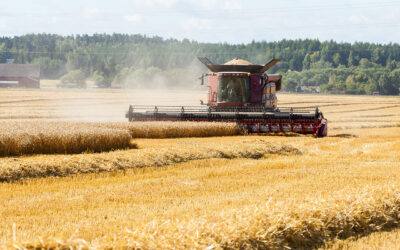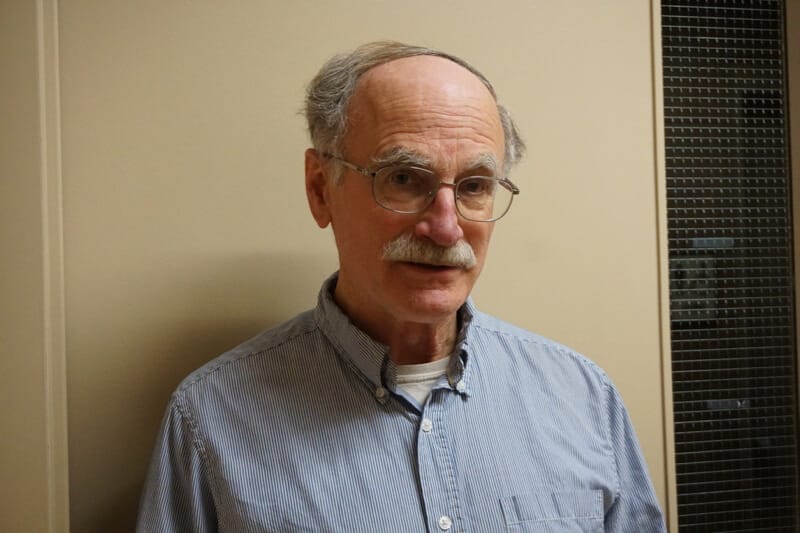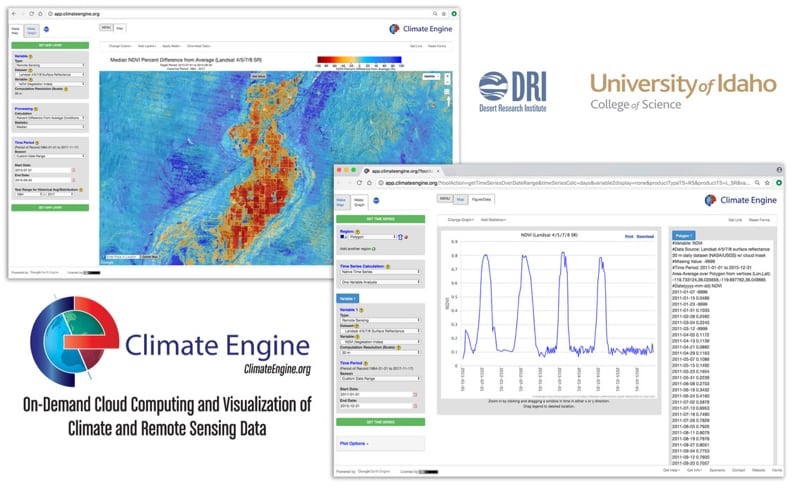Research Professor Jim Hudson, Ph.D., DRI’s longest-serving employee, recently retired from DRI after 51 years studying cloud physics.
Farm vehicles heavy as dinosaurs jeopardize future food security
In a new study, scientists analyzed the historical development of farm vehicle weights and tire equipment, and calculated how this has affected the pressure at the ground surface and deeper down in the subsoil.
MWA Welcomes Desert Research Institute as Newest MWA Member
Washington, DC (April 23, 2019) – The Millennium Water Alliance is pleased to announce that the Desert Research Institute, part of the Nevada System of Higher Education, has joined MWA as a new affiliate member organization. “I am extremely pleased that the Desert...
Meet Jim Hudson, Ph.D.
Jim Hudson, Ph.D., is a research professor of physics with the Division of Atmospheric Sciences at the Desert Research Institute in Reno. Jim specializes in cloud physics, and has worked throughout his career to gather and analyze field measurements of cloud...
Climate Engine offers unprecedented access to Earth image datasets
Reno, NV (Thursday, December 7, 2017): Working with large environmental datasets is a complex and time-consuming endeavor, often requiring huge amounts of data storage, specialized high-performance computers and technical knowledge. Climate Engine (ClimateEngine.org),...



